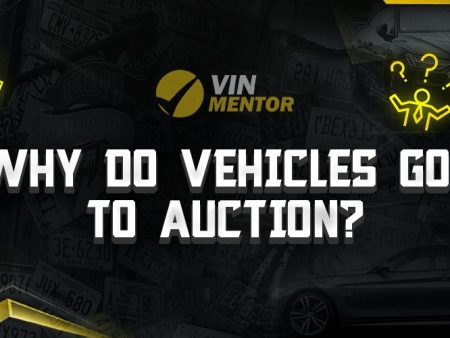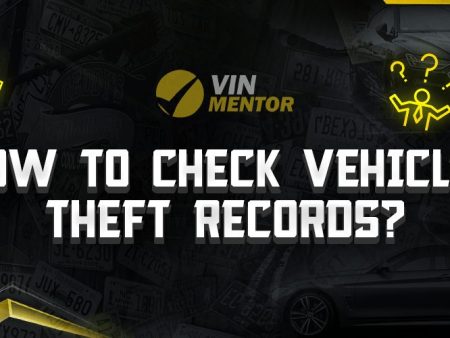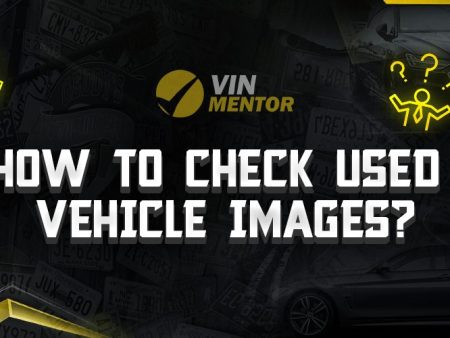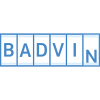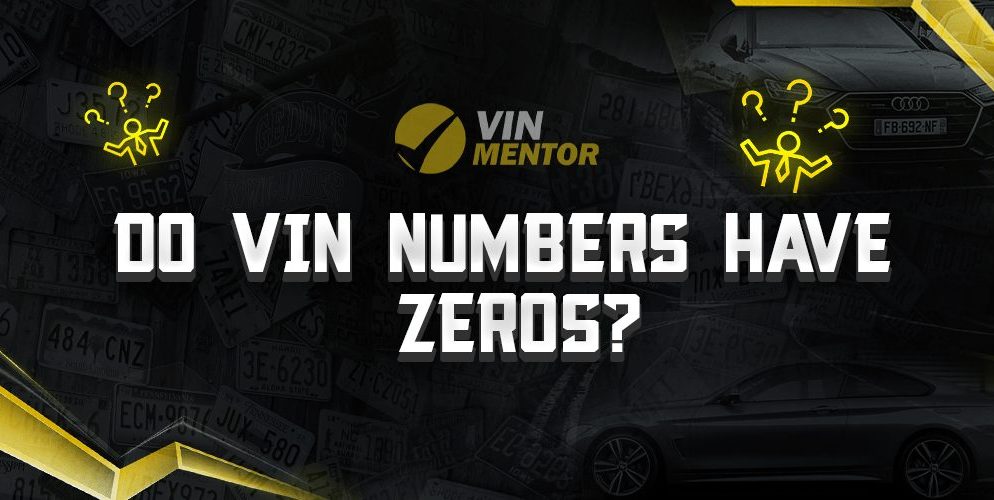
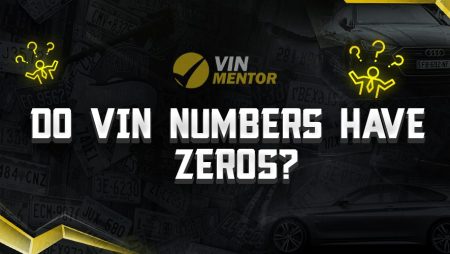
The Vehicle Identification Number (VIN) is a unique identifier assigned to every motor vehicle worldwide. It consists of a 17-character code made up of a combination of letters and numbers that provide information about the vehicle’s make, model, year, and other specifications. VINs are critical for various purposes, such as registering, insuring, and buying or selling a vehicle.
However, certain rules and restrictions apply to VINs, and a common question that people often ask is whether or not VINs contain zeros. In this article, we will explore whether VINs have zeros.
Key Takeaways
- Certain letters are omitted to prevent confusion and errors.
- Ensuring that the VIN on a vehicle is accurate and matches the vehicle’s documents is crucial to avoid problems such as incorrect registration, insurance, and legal issues.
- Some ways to verify if the VIN is correct include checking the VIN on the vehicle’s documents, using a VIN decoder tool, checking for tampering or alterations, and contacting the manufacturer or dealer.
Do VINs have zeros?
No, VINs do not have zeros. The reason for this is that zeros can easily be mistaken for the letter “O” or the number “1”. This can lead to confusion and errors when entering or reading the VIN. To avoid this problem, the VIN system skips the number zero altogether and uses only the numbers 1 to 9. This way, there is no chance of confusing a zero with another character.
Why does the VIN not use the letters “I”, “O”, “Q”, “U”, or “Z”?
In addition to the absence of zeros, VINs also do not use certain letters. The letters “I”, “O”, and “Q” are not used because they can easily be mistaken for the numbers 1 and 0. The letter “U” is omitted to prevent confusion with the letter “V”, while the letter “Z” is not used to avoid confusion with the number 2. By eliminating these letters, the VIN system reduces the likelihood of errors and ensures that the VIN is easily readable and interpretable.
How can you tell if you have an incorrect VIN?
An incorrect VIN can cause many problems, such as incorrect registration, insurance, and legal issues. Therefore, it is crucial to ensure that the VIN on your vehicle is accurate and matches the vehicle’s documents. Here are some tips on how to tell if you have an incorrect VIN:
- Check the VIN on the vehicle’s registration and insurance documents. The VIN should match the VIN on the vehicle’s dashboard and door jamb. If the VIN is different or incomplete, you may have an incorrect VIN.
- Use a VIN decoder tool. Many online tools allow you to enter your VIN and decode it to determine the vehicle’s make, model, year, and other specifications. If the information provided by the decoder does not match the information on the vehicle’s documents, you may have an incorrect VIN.
- Check for tampering or alterations. VINs are usually stamped or etched on the vehicle’s dashboard and door jamb. If you notice any signs of tampering or alterations to the VIN, such as scratches, missing characters, or mismatched fonts, you may have an incorrect VIN.
- Contact the manufacturer. If you are still unsure whether your VIN is correct, you can contact the vehicle’s manufacturer or dealer and provide them with the VIN. They can verify the VIN and provide you with accurate information about the vehicle.
Conclusion
VIN is a vital component of any vehicle, offering critical details such as its manufacturer, model, year of production and other specifications. VINs do not contain certain letters and zeros to avoid mistakes and confusion. To guarantee an accurate VIN, it’s crucial to verify the VIN on your vehicle’s documentation, use a VIN decoder tool, which you can find on our recommended list of VIN Check Websites, watch out for any signs of tampering or alterations, and reach out to the manufacturer or dealership if needed.
FAQ
Are all VINs exactly 17 characters long?
Yes, every VIN consists of 17 characters. The 17 characters are a combination of letters and numbers that provide specific information about the vehicle, such as its make, model, and year.
If my VIN has a letter that looks like a number or a number that looks like a letter, what should I do?
If you are unsure whether a letter or number in your VIN is correct, you should try to verify the VIN using multiple methods. Check the VIN on your vehicle’s documents, use a VIN decoder tool, and contact the manufacturer or dealer if needed.
Can I change or alter my vehicle’s VIN?
No, it is illegal to change or alter a vehicle’s VIN. Doing so can result in legal issues, such as fines or imprisonment. Additionally, it can make it difficult or impossible to register, insure, or sell the vehicle.
Do all countries use the same VIN system?
No, different countries may have their own VIN systems, but they generally follow similar standards. However, some countries may have variations in the VIN structure or format.
Is it possible for two vehicles to have the same VIN?
No, each VIN is unique to a specific vehicle and should not be duplicated. If you come across two vehicles with the same VIN, it is likely that one of them has a fraudulent or altered VIN.
